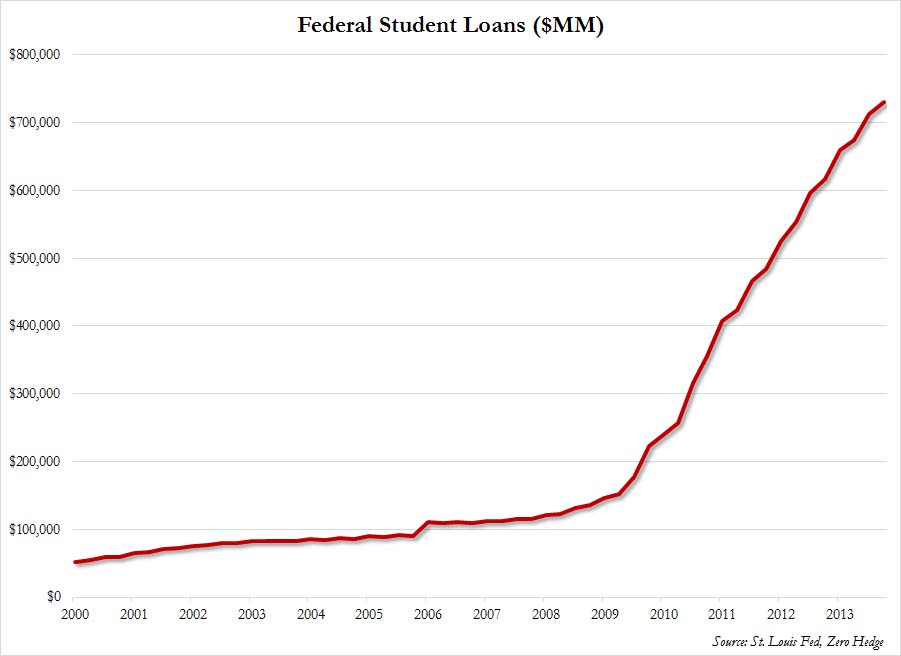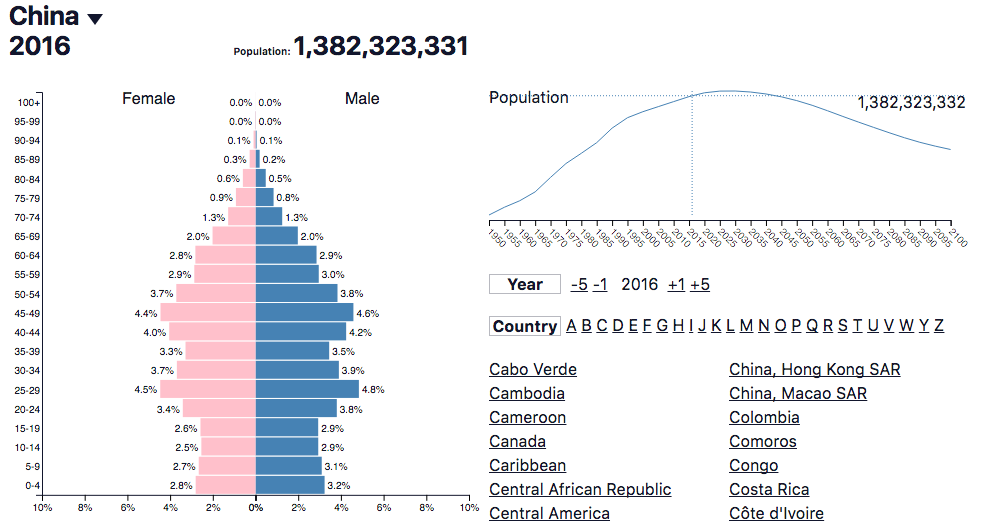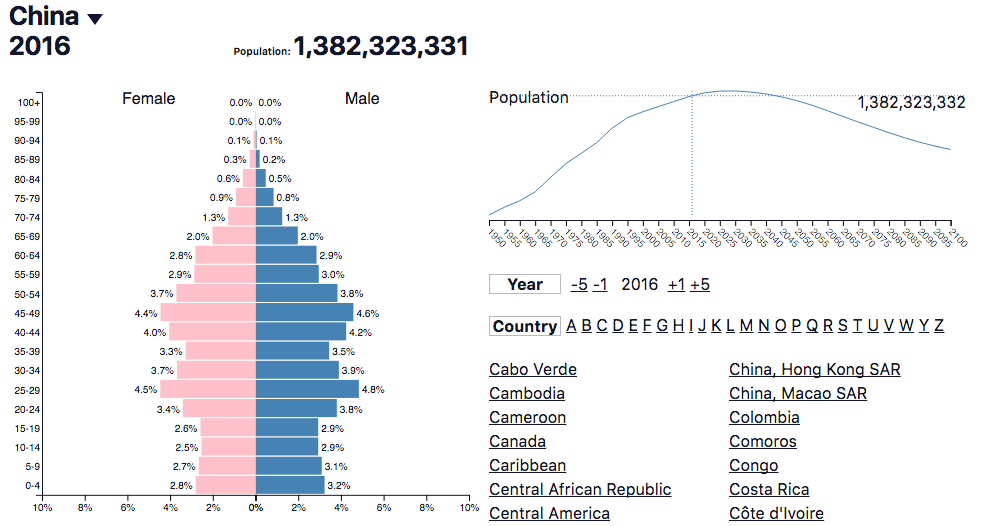For decades, college tuition has risen at a significantly faster pace than the rate of inflation, having roughly tripled in the last 40 years in real terms (that is, even after adjusting for inflation) (Sources: The College Board and NCES). This post discusses what I believe have been the main drivers of the seemingly rapid rise in college tuition rates (productivity, debt, and China), and how likely college costs are to continue to rise in the coming decades.
For most of the period since WWII, economics 101 taught us that university fees rose faster than the rate of inflation due to the “cost disease of the service sector“. Basically, wages rose with productivity in the manufacturing sector, forcing wages in the service sector to rise at similar rates to prevent all the professors and other university staff from all moving to professions that pay more than educating students.
Wage growth in the US slowed down in the first years following the 2008 global financial crisis, but one four-letter word stepped in to allow college fees to continue rising faster than incomes: DEBT. Basically, students and their families who weren’t able to pay higher tuitions with higher incomes and savings instead resorted to borrowing more in the form of student loans, allowing universities to continue raising fees as quickly as loans were made available to pay them, and leading to what some commentators have pointed out as a US$1.2 trillion student loan bubble.

Source: ZeroHedge
As a third driver which has sustained tuition inflation, we could single out China. Wealth from Chinese families to pay top private school tuitions is one thing, but SCMP reported today how state schools are increasingly relying on Chinese students paying full price to make up for cutbacks in public funding. While it can be argued the latter application of Chinese money actually keeps in-state tuition down for US in-state residents, a slowing or maturing Chinese economy and educational demand will likely hurt US universities and their domestic students, or likely both. SCMP only mentioned Indian students once in this article, but much of what is said about China and US universities could also be said about India.
This rate actually averages out to an annual increase of only 2-3% per year over the rate of inflation, but safely earning a 2-3% real rate of return can seem challenging in the “New Normal” environment of low interest rates and high stock prices. I often say that a conservative college savings plan only needs to aim to earn a rate of return equal to the rate of rising university fees (one reason I have recommended the Private College 529 to clients likely to focus on some of those private colleges), while perhaps being a bit more aggressive if college is more than 10 years away. That said, just as there have been three drivers for tuition tripling over the past four decades, I believe there are three reasons tuitions will not triple over the next forty years, namely:
- Technology – Just as online platforms have made many other services better, faster and cheaper over the past 20 years, many of the standard college courses which take up a large percentage of the time and expense of college will increasingly have to compete with cheaper and more standardised online options.
- Student debt is unsustainable – Even if technology can’t reduce the cost of college, hitting the limits of how much more money can be borrowed to pay for college will curtail how more demand there can be, and
- China’s population is peaking – There are already more Chinese aged 25-29 than in any younger 5-year cohort, and the end of the one child policy does not seem likely to prevent China’s long-term population decline or accompanying economic plateau. This is the point at which we say “China may have gotten old before it got rich”, when hopefully India and other countries will at least be able to keep up the flow of funds to pay American professors.

Source: PopulationPyramid.net
Even if college costs stop rising, I still always say it has better to have saved up the money and not need it than to find out later that you need it but didn’t save it. If you have any questions about 529 or other college savings plans, do contact me through the form below.
Until next time,
Tariq

